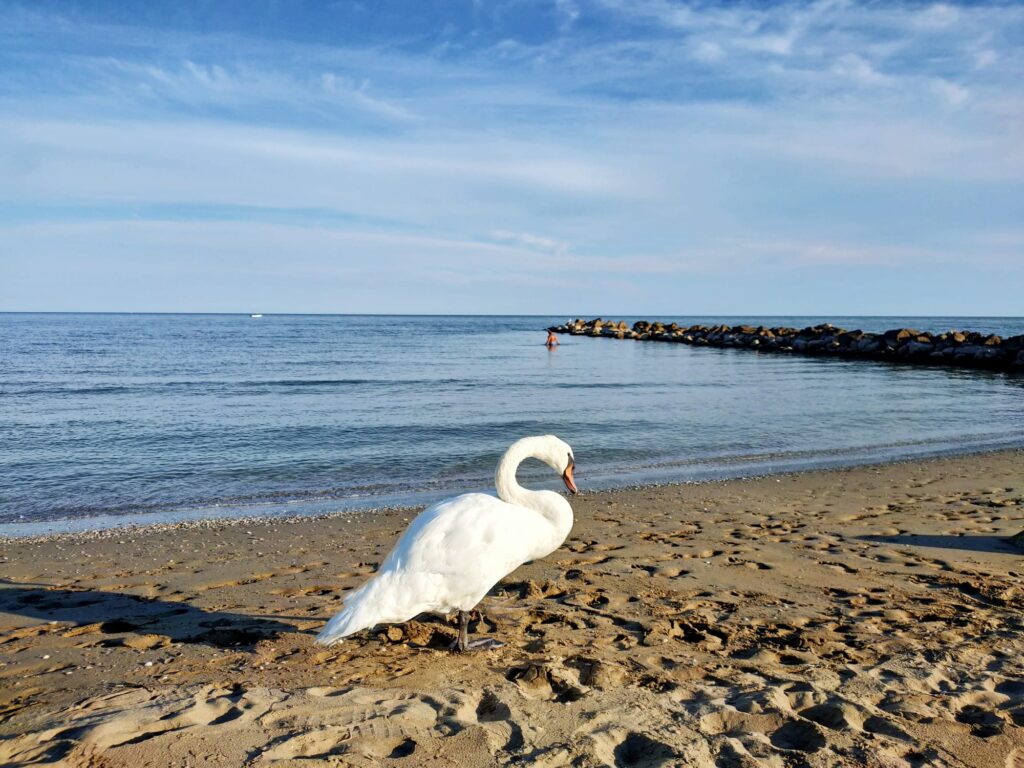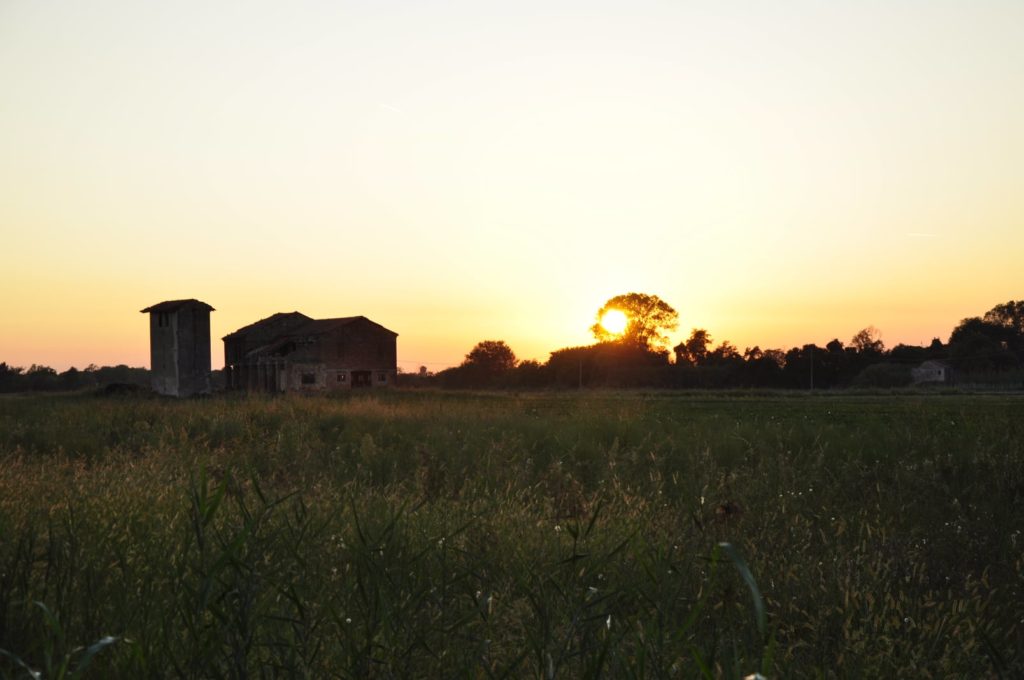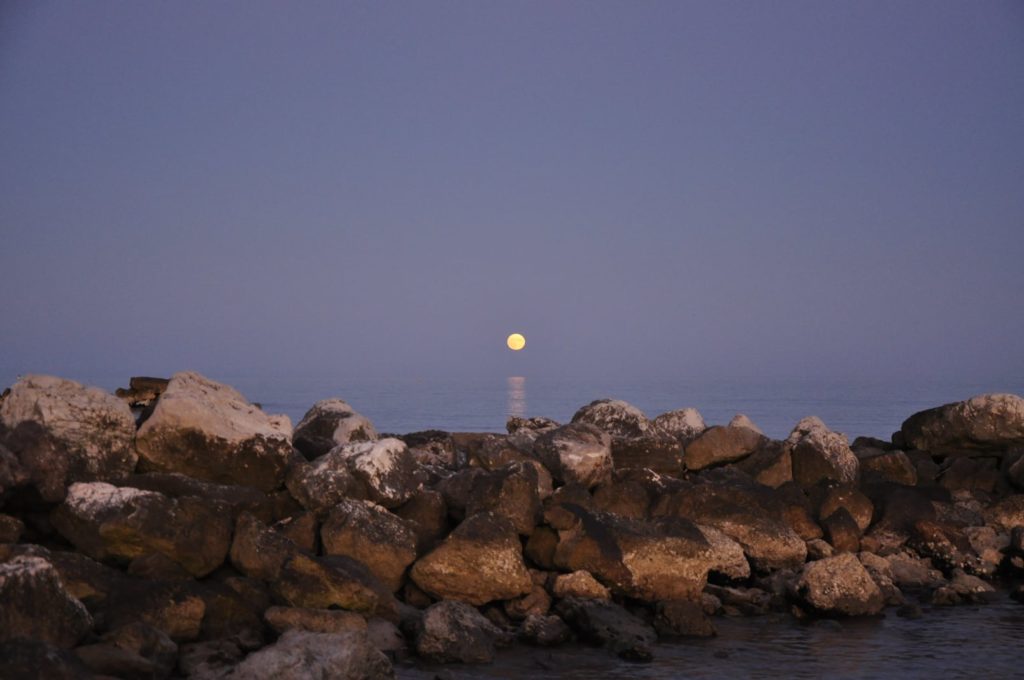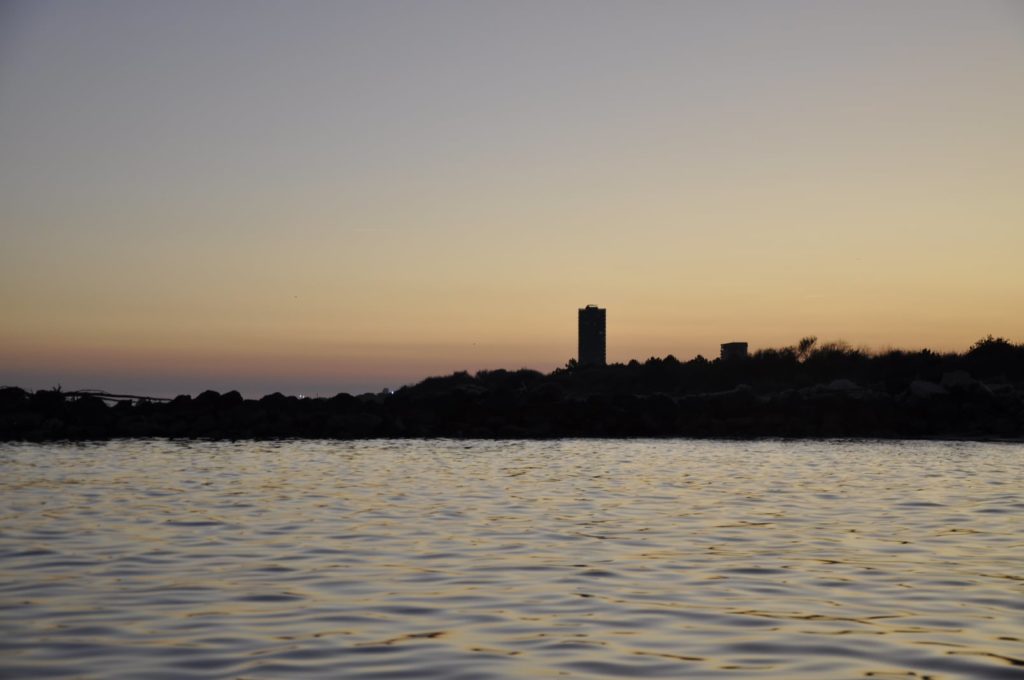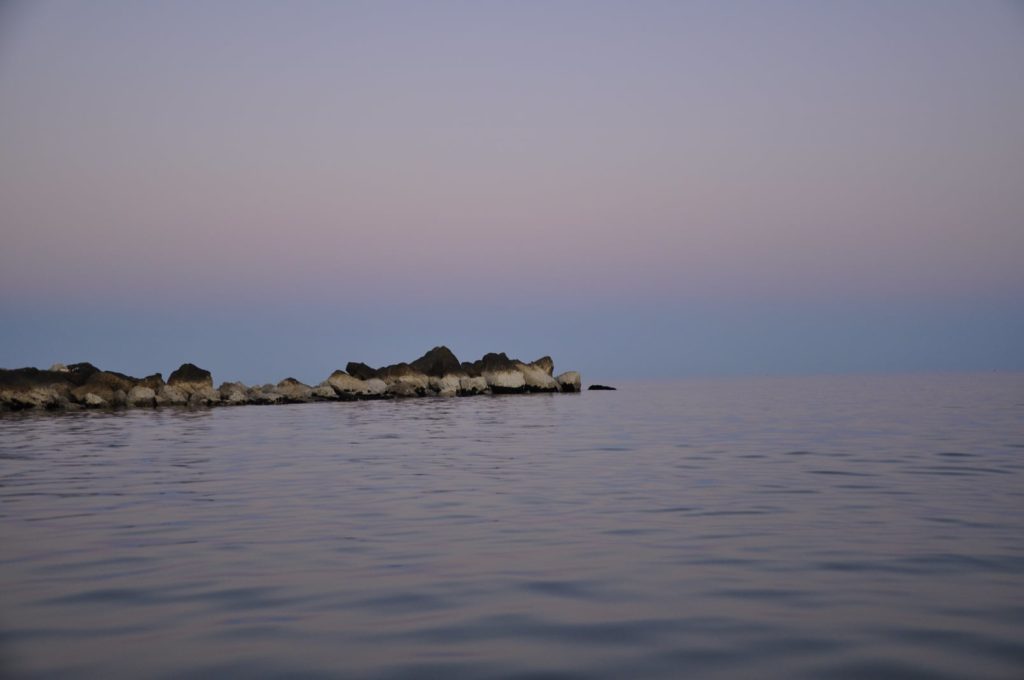Laguna del Mort, the unique natural paradise with diverse fauna and flora
The Enchanting Laguna del Mort: A Hidden Natural Oasis near Eraclea Mare
Laguna del Mort, a hidden gem nestled on the coast between Jesolo and Eraclea Mare, spans approximately 125 hectares. This captivating ecosystem includes not only the lagoon itself but also surrounding sandy-clay shores, coastal dunes, and pine forests. The area is a haven for diverse wildlife and flora, offering an unforgettable connection to nature. Whether you’re planning a morning jog, a cycling trip, or an evening stroll, the path to this serene location promises to enchant you.
How to Reach Laguna del Mort
The journey to Laguna del Mort is not only an exploration of natural beauty but also an adventure in itself. From Eraclea Mare, the trail begins through a stretch of woodland and fields, where you’ll pass the ruins of an old farmhouse. This section offers a tranquil, picturesque view of the countryside. The path then continues through a forest alongside a paved canal.
At this canal, you may encounter numerous snakes, such as grass snakes and adders, which inhabit the area due to the proximity of the water source. While they are generally small, caution is recommended as you navigate this section of the route.
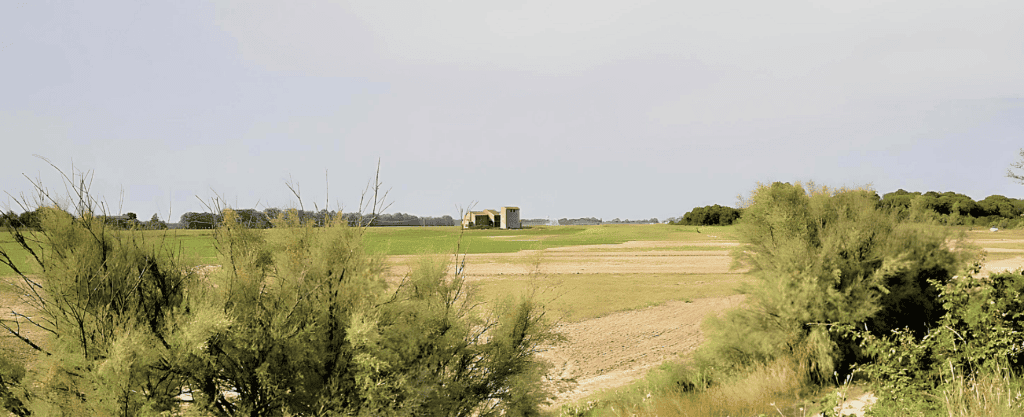
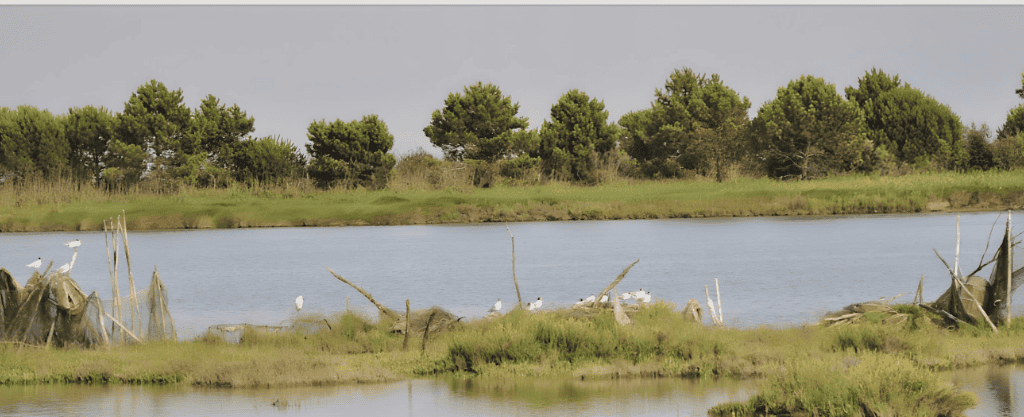
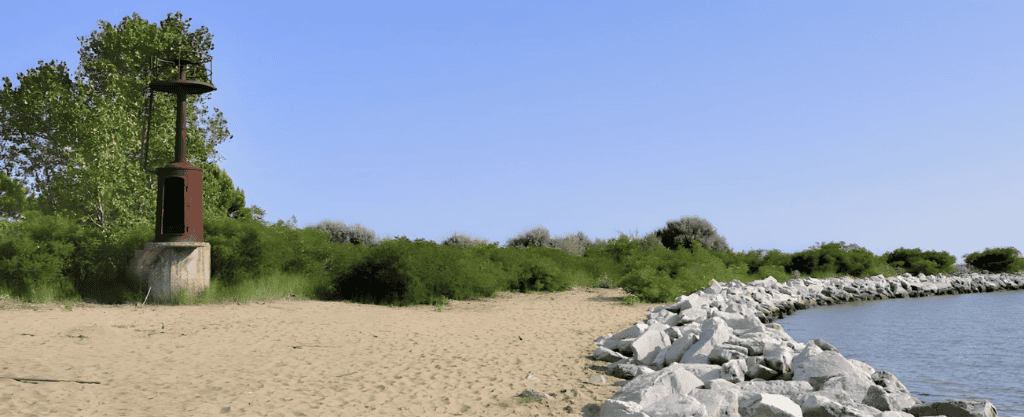
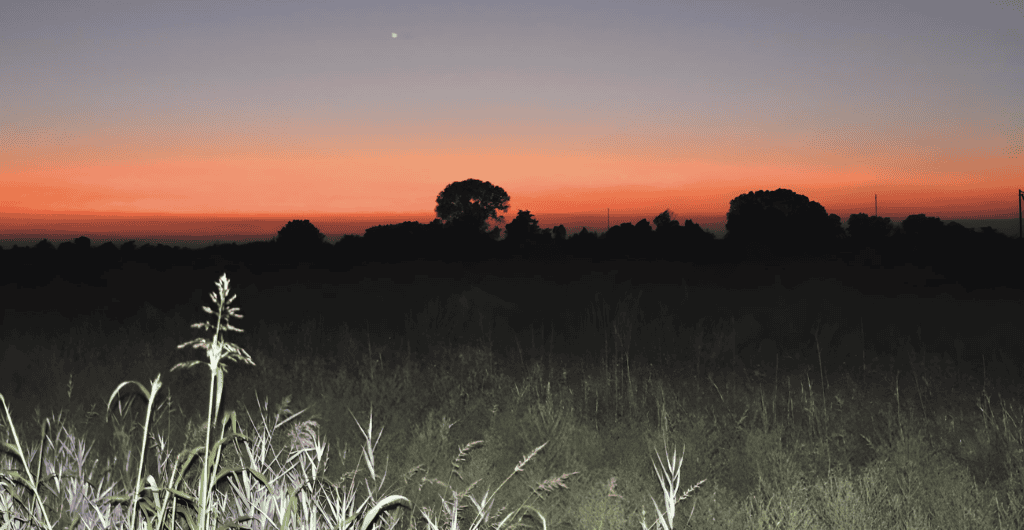
From there, the trail runs along the lagoon itself, eventually leading to an open natural beach that is designated as a nudist area. In Summer a lot of nudists come to the beach which has been a nudist place for over 30 years.
If you cross this beach, you will find yourself within sight of Jesolo. However, reaching Jesolo is impossible due to the natural barrier created by the river, which blocks further access.
A Brief History: From a River’s Last Bend to a Natural Paradise
Until October 5, 1935, this lagoon was the final stretch of the Piave River before it emptied into the Adriatic Sea. At that time, the river flowed perpendicular to the coastline but, during a massive flood, carved a new, more direct path to the sea. This left the old riverbed to slowly fill with sand and sediment. Without freshwater inflow, the former river arm evolved into a lagoon, creating a rich habitat for a variety of bird species, amphibians, and vegetation.

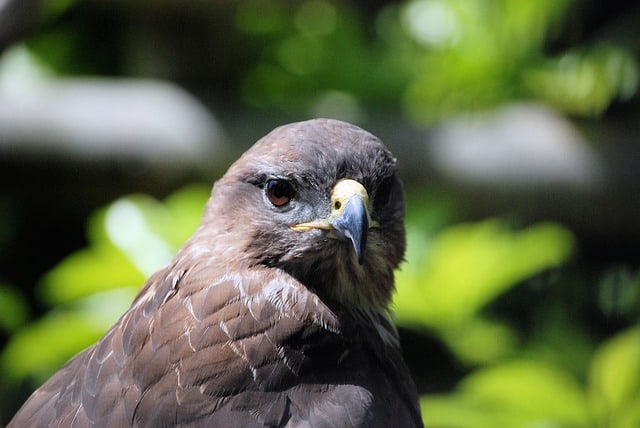


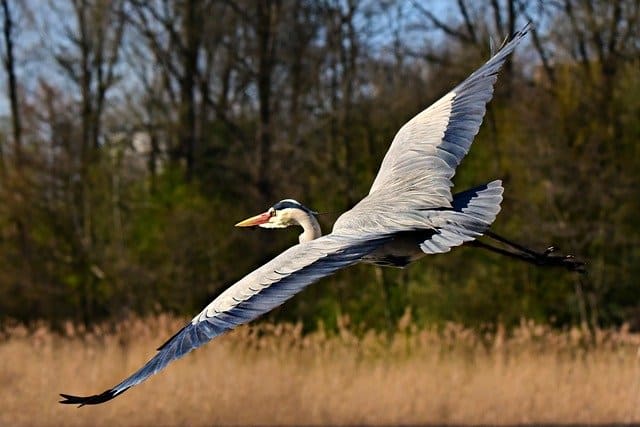

Wildlife and Flora: Beauty at Every Turn
The wildlife and flora of the lagoon are truly remarkable. As you explore, you may encounter a wide array of birds, reptiles, and other creatures. The canal area, with its proximity to water, is a prime habitat for snakes, such as grass snakes and adders. Observing these creatures in their natural environment adds an element of excitement to your adventure.
The lagoon is home to diverse bird species, including ducks, grebes, and waders. The surrounding dunes and forests provide a sanctuary for mammals, amphibians, and unique plant species, making this a fascinating place for nature lovers.
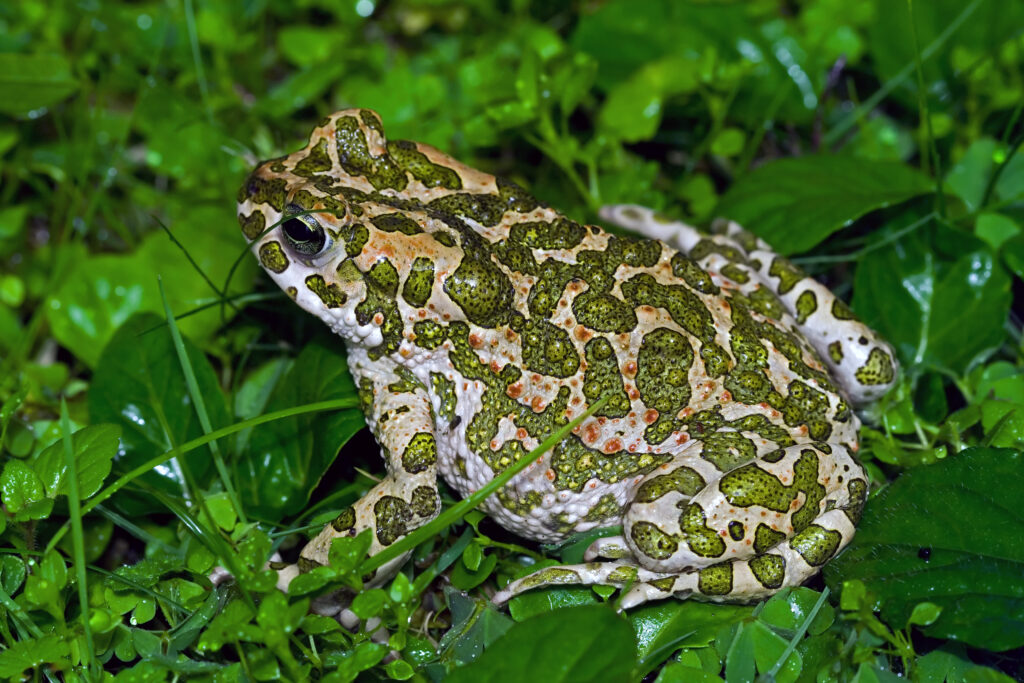

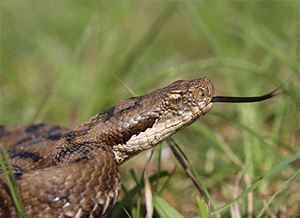
Tips
Laguna del Mort is a perfect destination for nature enthusiasts, joggers, and cyclists alike. You can reach the area on foot, by bike, or even while enjoying a run. Local bike rental shops in Eraclea Mare make it easy to set off on a two-wheeled journey, offering a scenic and enjoyable way to reach the lagoon.
As you explore, remember to respect the environment and stick to designated paths. Stay mindful near the canal and other natural areas to fully appreciate the delicate ecosystem without disturbing it.
Discover the tranquility and beauty of Laguna del Mort—a place where nature’s story unfolds at every turn!
